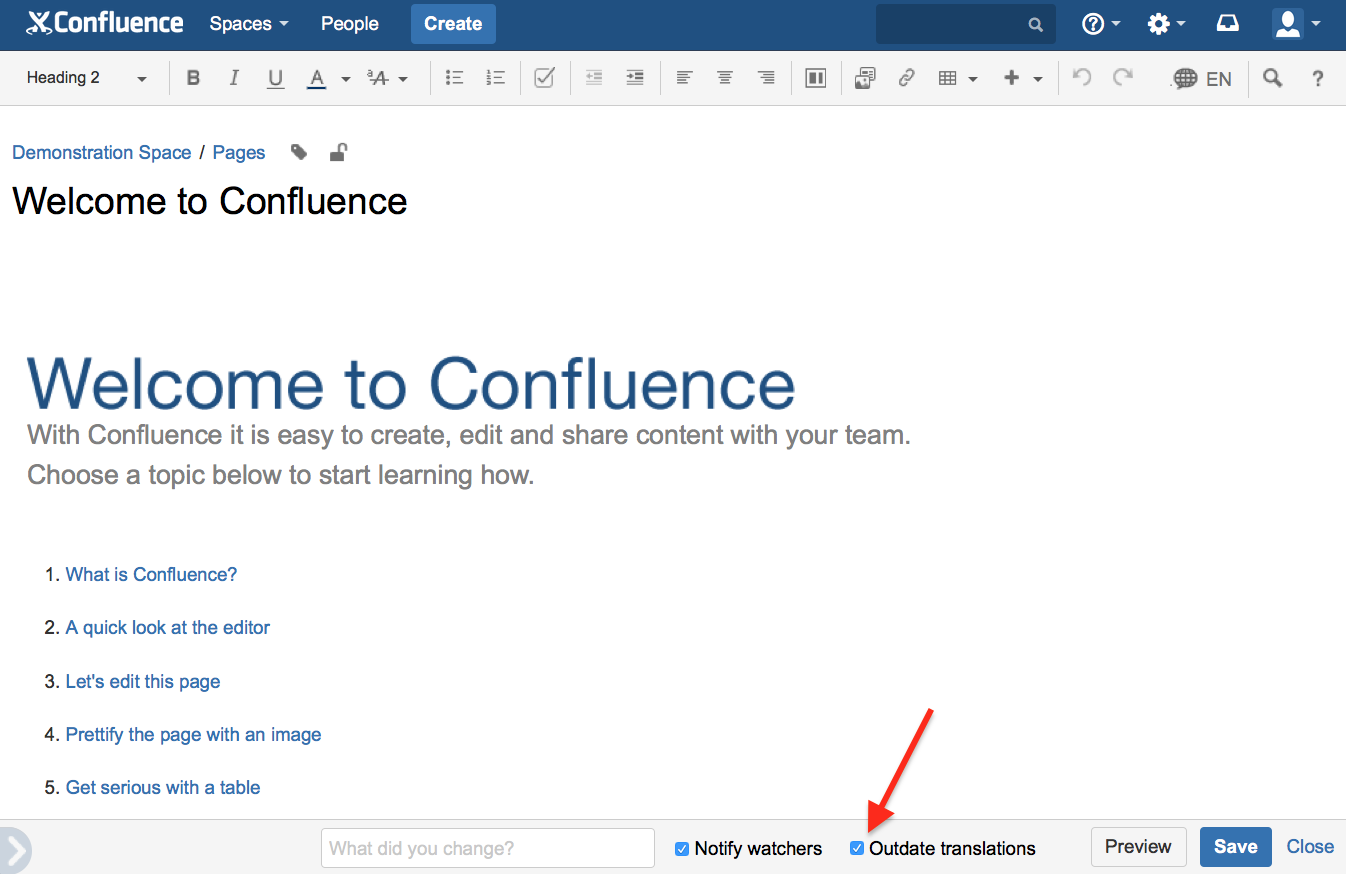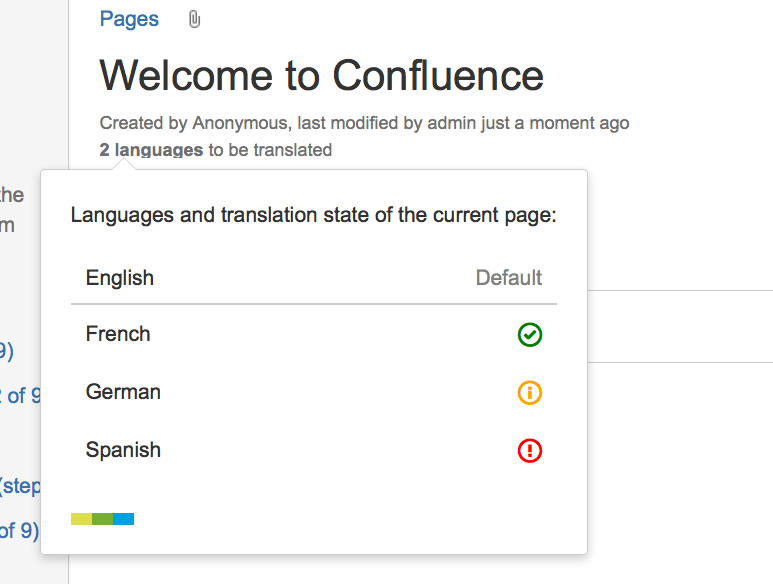The best translation and language management add-on for Atlassian Confluence has new functionality: Scroll Translations 3.2 is live on the Atlassian Marketplace – upgrade your version now or try it out for free. Whether you're doing technical documentation or other content management tasks that require handling multiple languages in Confluence, this release has three new features that could make your life easier. K15t believes in the continuous improvement of our products, and these features are based directly on user requests. Here are a few words about each.
Create a Multi-Page Translation ZIP File
Up until now Scroll Translations supported the creation of a ZIP file containing a large XML file with all pages to be translated in a Confluence space. However, translation agencies sometimes want to deliver – and likewise users sometimes want to import – only particular translated 'chunks'. With the 3.2 release you can now control the creation of a single XML file per page in addition to having all pages exported within a single file as before.
This feature addresses the 'translation memory supported' translation approach, where outdated or untranslated pages are exported to a ZIP and sent to an external Translation Management System to be translated there, with the results then imported back into Confluence. This new approach not only better supports this use-case, but will also make error corrections to imported files easier.
Make Minor Changes in the Default Language
Quick typo fixes and minor adjustments to original-language content don't always require an update to the translated text. With Scroll Translations 3.2 it's now possible to make minor changes to pages in the default language without designating the translation(s) of these pages 'outdated'. We've introduced a new check box at the bottom of the page giving users full control over whether or not a change in the default language should 'Outdate' the target language(s). This feature is particularly handy when managing many different target languages, where a mere typo correction would otherwise trigger a slew of 'Outdated' content.

New State for Untranslated Content
Prior to version 3.2 there were two translation states in Scroll Translations:
-
Translated – content that was translated and marked as equivalent to the original language
-
Outdated – content with no translation in the the target language, or where the original language was updated making the target language not equivalent
The Outdated state represented two different states in one. This caused difficulty for some users, especially in a manual translation approach, as the Translation Report function could not show the differences between these two states. With Scroll Translations 3.2 the previous 'Outdated' state has been split into two states:
-
Outdated – original language content that was updated making the target language not equivalent
-
Not translated – content with no translation in the target language
The Translation Status of the page has been changed to make all three of these specific states clear at a glance:
-
Translated – Green
-
Outdated – Orange
-
Not translated – Red
Finally, the Translation Report now allows filtering on these three states. The addition of a third state will make it much easier for manual translators and others to understand the status of their language-managed pages and build workflows around them.
As the need for language and translation management in Confluence grows, so will the features and functionality of Scroll Translations. If you have feedback or questions, we're always here to help – just drop us a line.
